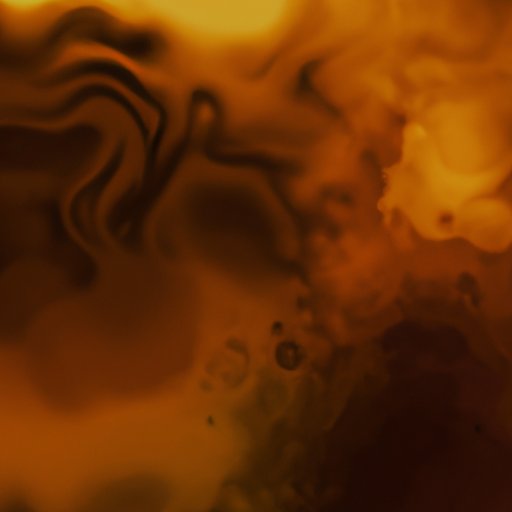Introduction
Brown may seem like a straightforward color, but creating or identifying just the right shade can be a challenge. Whether you’re an artist trying to capture the perfect earthy tone or a designer looking for a neutral color scheme, understanding the science and art of mixing colors is essential. In this article, we will explore the different shades of brown, how they are created, and their significance in various fields.
Breaking down the science of color blending
Before we dive into the details of brown, it’s essential to understand how colors are created. Primary colors are the building blocks of all other colors and cannot be created by mixing other colors. These colors are red, blue, and yellow. By mixing two primary colors, you get a secondary color. The secondary colors are green (blue + yellow), orange (red + yellow), and purple (red + blue).
When it comes to creating brown, you need to mix a primary color with its complementary color. Complementary colors are opposite each other on the color wheel, and they create neutral tones when mixed together. For example, red and green mix to create a brownish color, as do blue and orange, and yellow and purple.
The artistry behind color mixing
While the science of creating brown is based on color theory and the blending of complementary colors, the artistry of mixing colors involves playing with different hues and tones to create unique shades. Secondary and tertiary colors play a significant role in creating rich browns. Tertiary colors are created by mixing a primary color with a secondary color. For example, mixing red (primary) with orange (secondary) creates a reddish-orange (tertiary) hue.
The temperature of the colors used can also affect the outcome of the shade. Warm tones, such as reds and yellows, create vibrant and energetic browns, while cooler tones, such as blues and greens, create more subdued hues. Experimenting with different combinations and ratios of colors can lead to exciting and unexpected results.
To get the desired shade, it’s essential to start with a small amount of paint and gradually add more until it reaches the desired tone. Testing the color on a blank canvas or piece of paper can help ensure that it matches the vision you have in mind.
The symbolism of brown
Brown is a versatile color that can have a variety of symbolic meanings depending on the context and culture. In general, brown is associated with earthiness, stability, and simplicity. It is often used to convey a sense of groundedness and reliability.
In art, brown can be used to create a sense of depth and texture. In psychology, brown is associated with practicality and a down-to-earth nature. In spirituality, brown is often viewed as a color of nurturing and support. For example, it is the color of the earth, which provides sustenance and growth.
The history of brown pigments
Historically, brown pigments were created from natural sources such as ochre, sienna, and umber. These pigments were used in cave paintings, medieval manuscripts, and other forms of art and decoration. In the 19th century, synthetic pigments were developed, providing a wider range of browns and greater consistency in their creation.
Despite the availability of synthetic pigments, many artists and designers still prefer natural pigments for their unique character and texture. The use of natural pigments also aligns with the growing interest in sustainable and eco-friendly materials.
Brown in fashion and design
Brown is a timeless color that can be used in various ways in fashion and home decor. In recent years, there has been a resurgence of interest in brown as a neutral color, particularly in combination with other earth tones such as green and beige.
When using brown, it’s important to consider the undertones and hues of the color to create a cohesive look. Too much brown can feel overwhelming, so it’s essential to balance it with other colors and textures. In fashion, brown accessories such as shoes, bags, and belts can add depth and texture to an outfit. In home decor, brown furniture and textiles can provide warmth and comfort.
Conclusion
Whether you’re creating art, designing a room, or choosing an outfit, understanding the science and art of mixing colors is essential. By blending primary, secondary, and tertiary colors, you can create a wide range of unique and beautiful shades of brown. As we have seen, brown has a rich history and carries a variety of symbolic meanings, making it a versatile and timeless color.
If you’re new to color mixing, don’t be afraid to experiment and have fun. With practice and experience, you’ll be able to create the perfect shade of brown for any project or occasion.
